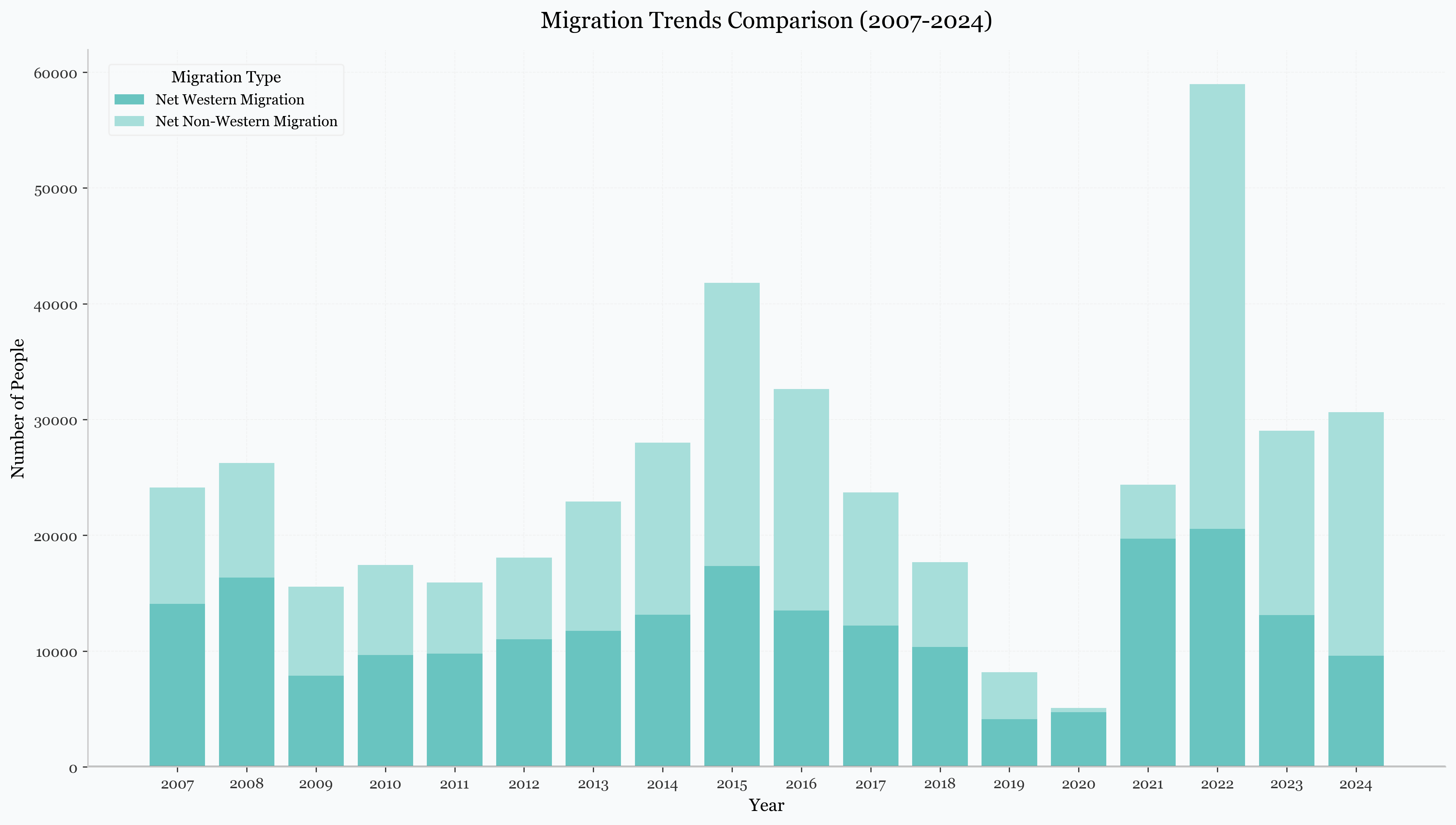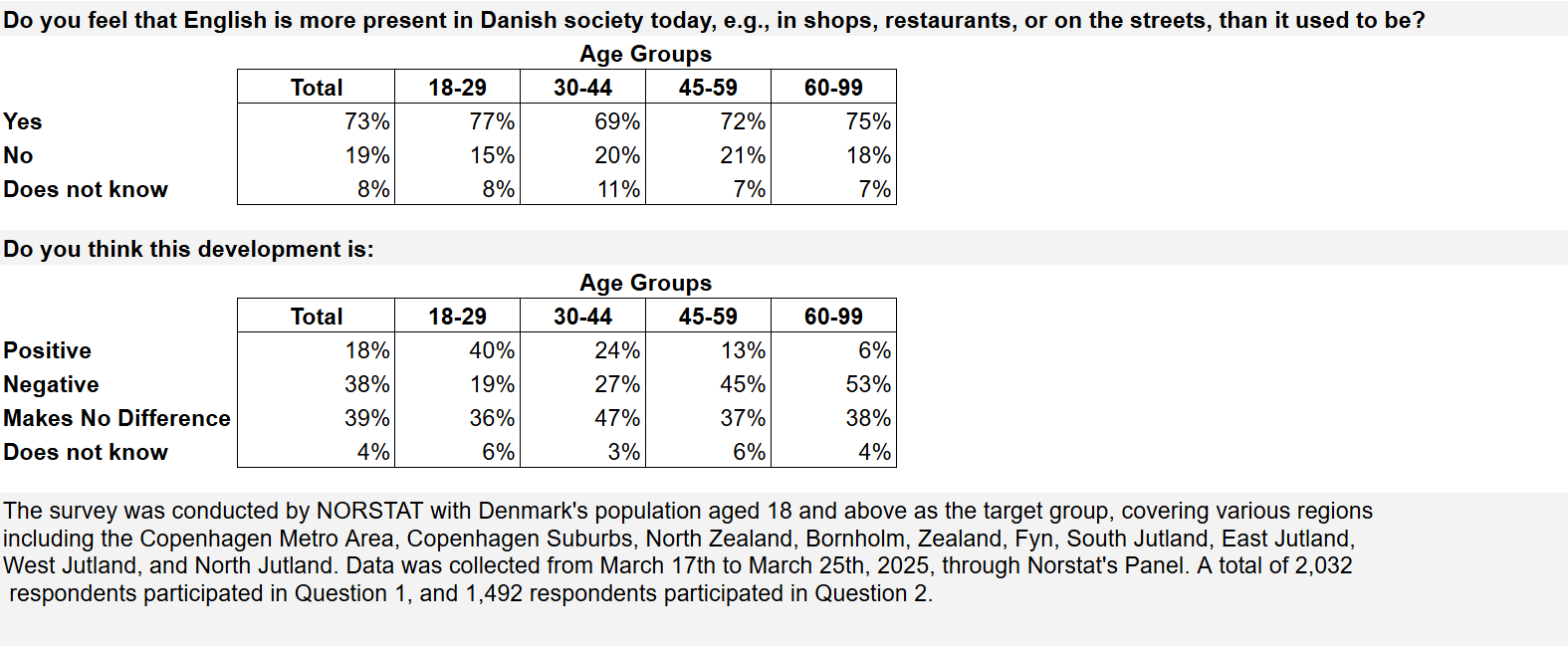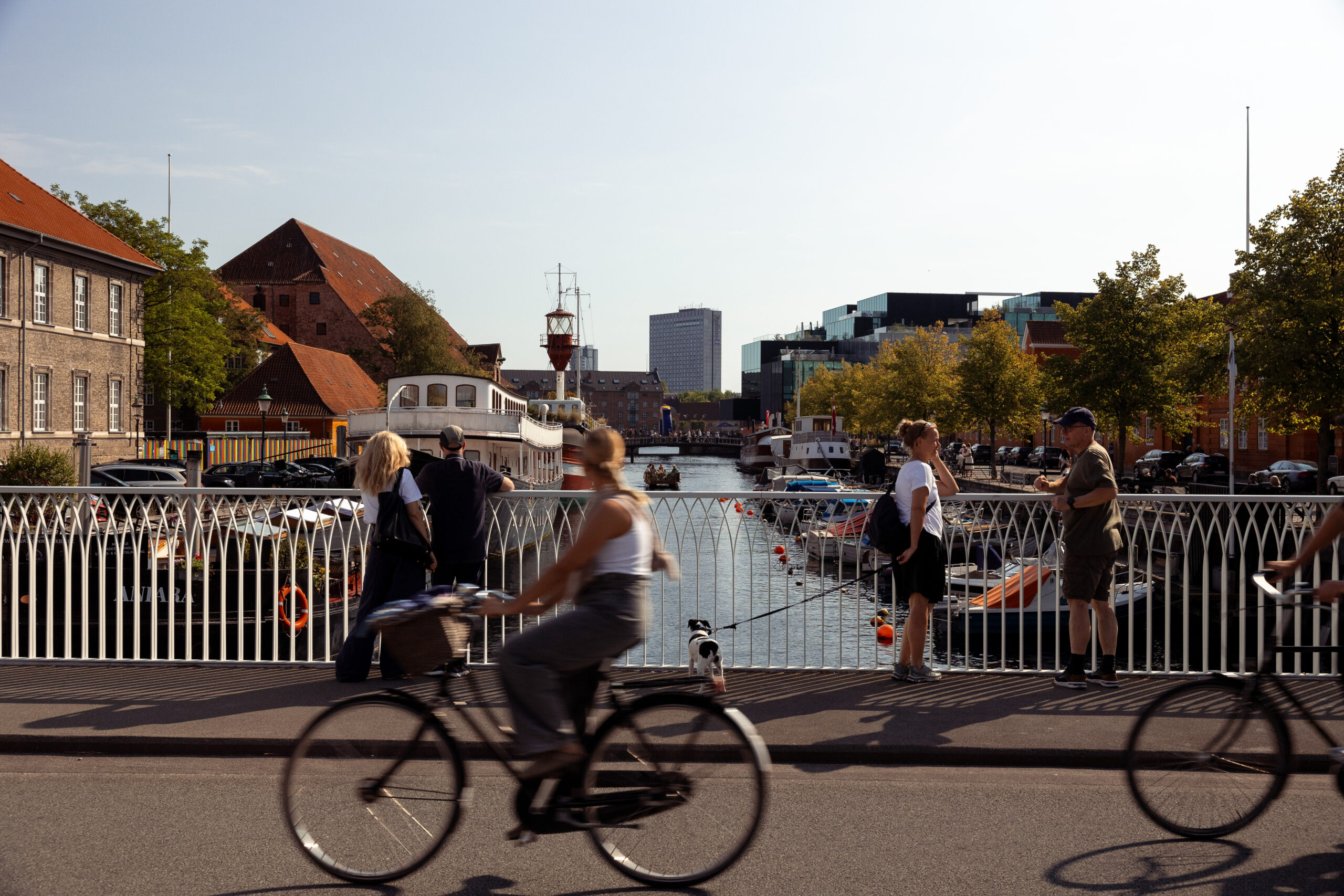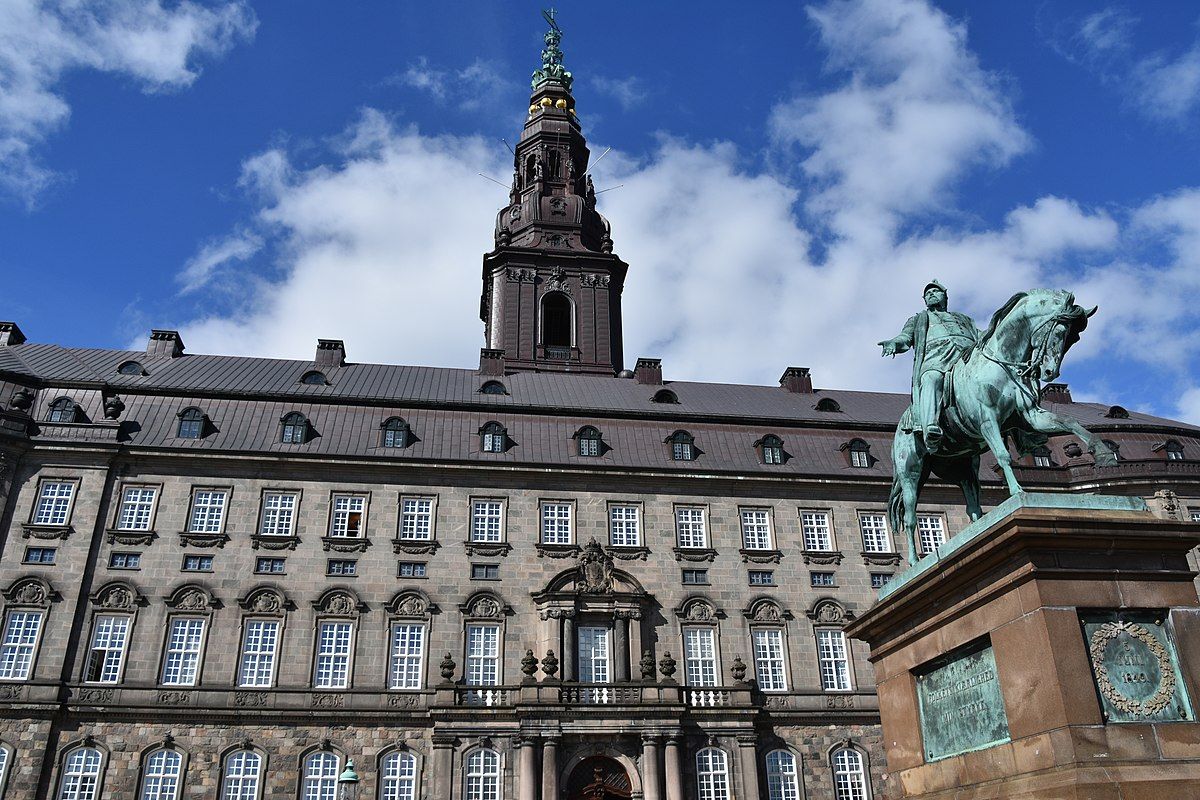Denmark has long been a desirable destination for internationals, particularly from the US, Canada, India, and EU nations. But despite attracting skilled foreigners, the country struggles to retain them. New data covering 2015-2024 highlights some interesting shifts but also reinforces long-standing trends.
Denmark’s net migration has grown slightly over the past decade. What’s more telling is the pattern of who stays and who leaves.
To see the real trends underneath short-term fluctuations of migration, I have looked at a full decade of migration data and calculated the percentage of immigrants from a particular country who have stayed in that time frame. I call this the ‘retention percentage’.
A recurring issue is Denmark’s difficulty in keeping talent from wealthy democracies.
The percentage of internationals who remain in Denmark long-term is significantly lower for people from such nations (wealthy democracies) compared to those from less stable or less affluent countries. Those who have options tend to explore them.
These are the rankings of the percentage of internationals who stay for ten years.
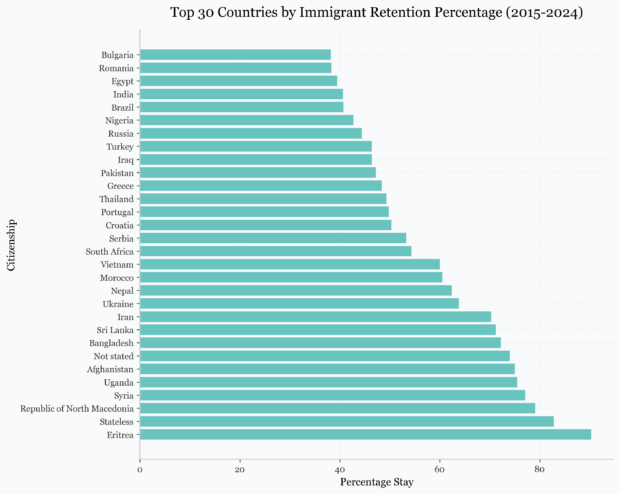
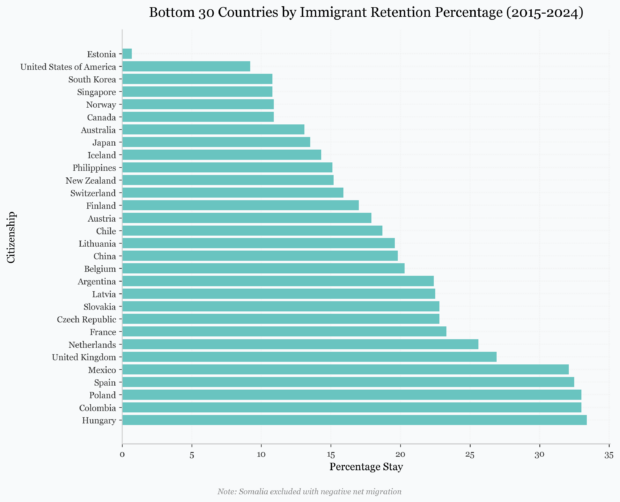
If we look at the trends of net migration since 2007 and separate so-called Western and non-Western countries’ data, net migration of western internationals has been decreasing since a peak in 2021-22 and is at similar levels as in 2010.
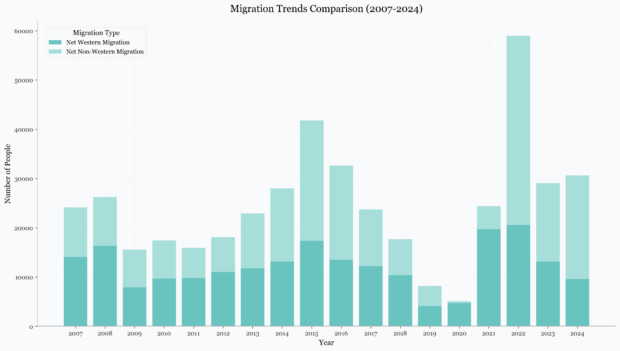
If you compare the migration figures over 2014-2023 with 2015-2024, one of the most dramatic shifts comes from Somalia where net migration has become negative. On the other end of the scale, Denmark is increasingly persuading internationals from Nepal and Sri Lanka to stay longer term but has become less attractive for people from Croatia and Romania.
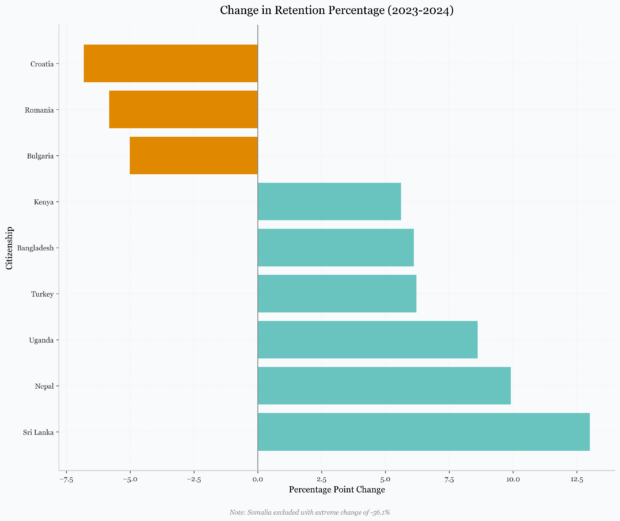
For policymakers, these findings point to a crucial question: What can Denmark do to encourage long-term settlement among internationals with the most prized skills and education?


